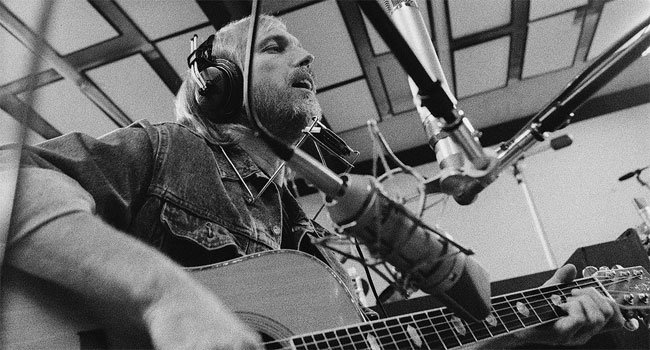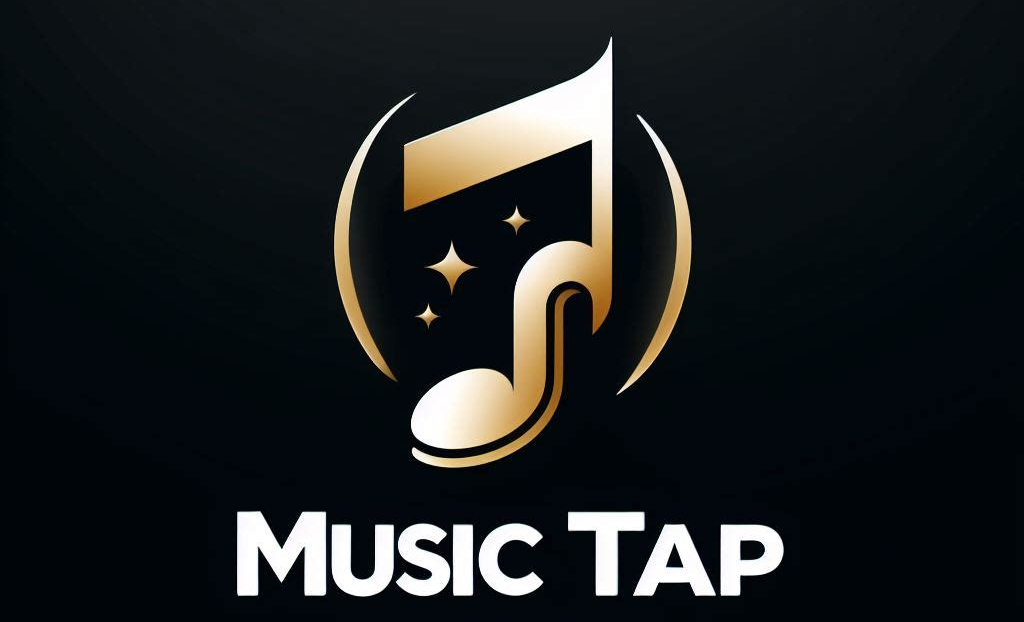
“It’s time to move on, time to get going/What lies ahead, I have no way of knowing/But under my feet, baby, grass is growing/It’s time to move on, it’s time to get going.”
It’s safe to say that almost anyone can probably relate to these few lines from Tom Petty’s song “Time to Move On”. Even four years after his passing, that still proves to be one of the enduring aspects of Petty’s music – incredibly lyrical tracks that can have meaning to any listener, no matter what might be going on in their life.
“Time to Move On is just one of the dozens of tracks that were recorded by Petty and the Heartbreakers during the Wildflower Sessions. Just as these songs have a deep significance for many Petty fans; the whole Widlflowers album is arguably the Gainesville native’s most personal, encapsulating his mindset during a tumultuous time in both his career and his personal life.
Petty would have turned 71 on October 20, 2021. To celebrate the occasion, a documentary film about the making of Wildflowers was released in select theaters nationwide, and was released on YouTube on November 11.
Directed by Mary Wharton, “Tom Petty, Somewhere You Feel Free: The Making of Wildflowers” consists of all-new interviews with those involved in producing the album nearly three decades ago, as well as archived 16mm film showing behind-the-scenes footage of the band in the studio and on tour. All of these pieces come together to offer Petty fans an excellent 90-minute celebration of one of rock’s greatest songwriters.
Petty Goes “Solo”
One of the defining characteristics of Wildflowers is that, despite having many of the original Heartbreakers playing on every track, it was released as a solo project rather than a Heartbreakers album. “I’ve spent almost 20 years with the Heartbreakers,” Petty says in the film. “And, if I only made records with the same four people all the time, I’d never meet anyone, I’d never learn, I’d never grow.” Produced by Rick Rubin, a man Petty says helped him back into a “musical place” where he felt very comfortable.
As a result, the album also had a different sound than the previous Full Moon Fever and Into the Great Wide Open. Both of those records were produced by Jeff Lynne and, while they sound great, they do have a very “structured” feel about them. Mike Campbell, lead guitarist for the Heartbreakers states in the film that, “one of the best things about Wildflowers is that it’s organic.” He goes on to say that it was music by musicians, while Rubin added that “every song had to be the best it could possibly be.”
To illustrate Campbell’s point about the rawness of the record, Petty keyboardist Benmont Tench explains that he doesn’t remember recording the track “Crawling Back to You”. But, he adds that this is a major positive.
“If you black out stone cold sober (while you’re recording) it means you’re in the music,” Tench says.
This Time, it’s Personal
In addition to wanting to venture down a different path musically, much of the material the band composed was inspired by events in Petty’s personal life at the time. Typically a very private person, Petty said that “I ain’t obligated to bear my soul to nobody, especially the public… I just want to be a musician and write music.” But, this personal influence proved inescapable. Petty explains later in the documentary that “I didn’t edit myself (while recording the album)… I just let it come out.”
His eldest daughter, Adria Petty, discusses how this was a time of great change for her father and how Wildflowers was something of an outlet for him. She also details how, from the perspective of a daughter and her father, listening to certain tracks foreshadowed things to come in their family life. For example, the song “To Find a Friend” was written while her father was becoming “disenchanted” with his marriage, so to her the lyrics came across as “when this album is finished, I’m divorcing your mother.”
Rubin describes Petty as a “song craftsman,” while Campbell discusses the lead singer’s love of the English language and his passion for using words as a tool. This part of the film also allows viewers a slight reprieve from the drama that took place during production of the album to examine Petty’s creativity and wicked sense of humor. He discusses how, since childhood, he’d always had a knack for coming up with short rhymes and limericks off the top of his head. This segways into a little number called “Them Juju Beads”, a studio outtake that is sure to become an instant classic among Heartbreaker fans.
The Soundtrack Tells the Story
As it should be with a documentary about a rock band, the sound mixing in “Somewhere You Feel Free” is spectacular. Sound mixer Mark Burton and re-recording mixer Susan Pelino did a wonderful job, as did music coordinator Jane Berry and music supervisor Alison Litton with selecting the songs that were featured in the film and how they were utilized to help tell the story.
Opening with the driving groove of “Cabin Down Below”, it’s nearly impossible to not get psyched up for the journey you’re about to take with Petty and his bandmates. A few of the tracks that were recorded during these sessions, but had to wait until 2019’s Wildflowers & All the Rest project for fans to enjoy them, such as “Harry Green”, “Leave Virginia Alone”, and “Something Could Happen”, really compliment the album’s original 15 songs. The film’s closer, as well as the album’s final track, is “Wake Up Time”. A more mellow song, it does well to bring the film home and leave the audience feeling uplifted.
This was important to Petty when recording the album, as well. He wanted to end the record with “Wake Up Time” because a great deal of the material the band had recorded was “downright dark.”
“It’s always just believing that there’s something redeeming about human beings,” Petty explains towards the end of the film. “That’s what carries me through the toughest times.”
To that end, as the credits began to roll, the familiar opening chords of an acoustic, home demo version of “Wildflowers” began to play. This transitioned into the song’s official music video, which is comprised of home movie footage of Petty wandering outside among the trees and wildflowers on his property.
As anyone who’s ever been to a movie theater knows, more often than not, the credits are the universal cue for the audience to begin their slow march toward the exit. But, in this instance, the theater stayed silent and not a single person moved until the song was finished, as if to pay homage to a man whose music still touches so many.
If you’re a Tom Petty fan, and you weren’t able to catch this documentary in theaters, you simply have to seek it out on Petty’s YouTube channel. It’s required viewing for any Heartbreakers fan. Likewise, if you’re not the biggest Petty fan or never knew much about the man or his music, you should make a point to watch “Tom Petty, Somewhere You Feel Free: The Making of Wildflowers” anyway – because you’ll be a fan by the time the movie ends.
